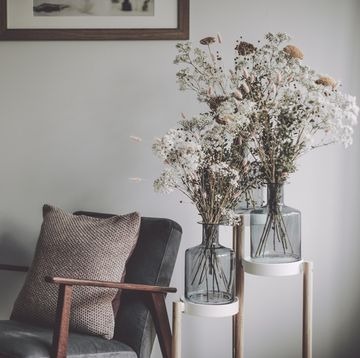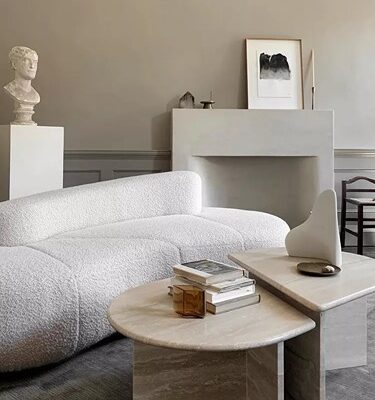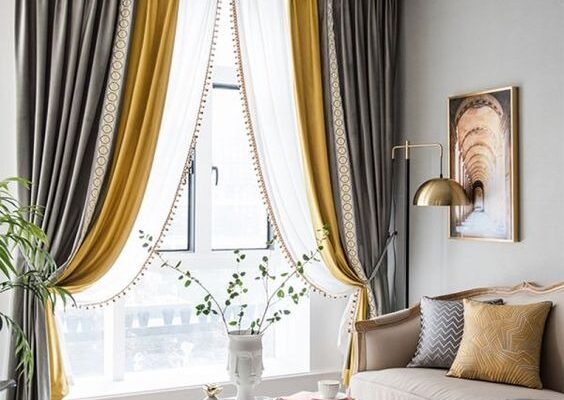8 Minimalist Interior Design Concepts for Home
To achieve a minimalist interior design for your home, there are several key principles that you should keep in mind. First and foremost, simplify your color scheme and focus on using neutral tones such as white, black, gray, and beige. By utilizing simple & functional elements, minimalist interior design creates a calm and cohesive atmosphere that promotes relaxation and mindfulness. Additionally, aim to declutter your space by getting rid of unnecessary items and furniture, and only keeping what you truly need and love. This will help create a clean and organized look that allows your mind to focus on what’s important. Another essential aspect of minimalist design is incorporating natural elements such as wood, stone, and plants to add warmth and texture to your space. Finally, be sure to prioritize functionality and purpose in your design choices, choosing multi-purpose furniture and accessories that serve a practical purpose while still looking beautiful.
Designers prove that it is more than possible to slowly but surely embrace a minimalist design aesthetic and lucky for us, provided eight actionable steps to incorporate a bit of simplicity into their homes.
Choose furniture items that can serve multiple functions
Minimalist interior design is all about functional and practical furniture that does not overcrowd the space. According to designer Lindye Galloway, homes should have a limited amount of furniture, and any chosen pieces should be highly functional. Galloway recommends furniture that has hidden storage and multiple uses, which helps to reduce the amount of bulk in the space and hide any extra items or mess. For example, ottomans with lidded storage can be used for seating, as well as serving as side tables or footrests, and console tables can easily be transformed into desks. Another designer, Joshua Smith, suggests incorporating furniture such as baskets or wicker chests with lids to create negative space for the eyes to rest and to conceal clutter while adding texture.
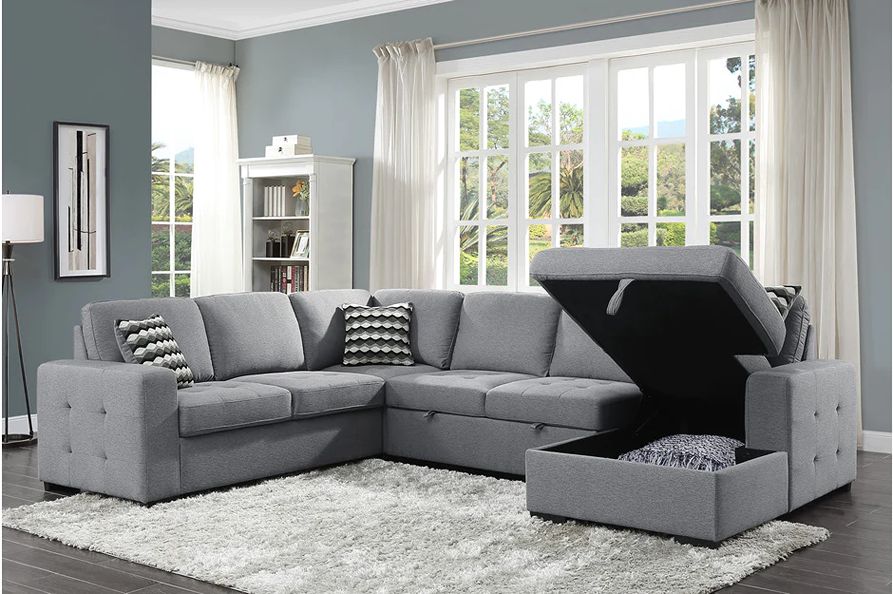
Incorporate plants and other natural elements
Including natural elements like plants and large crystals in minimalist interior design can be a great way to add texture and depth to a space while still maintaining a clean and simple aesthetic. When it comes to plants, choose ones with interesting shapes and textures like snake plants or fiddle leaf figs, and keep the pots simple and neutral in color. You can also use hanging plants to add visual interest without taking up floor space. For crystals, choose one or two large specimens and display them on a shelf or mantel, or even on the floor next to a potted plant. The natural patterns and colors of the crystals will add an organic touch to the space. Just be sure to avoid cluttering the space with too many natural elements, as this can detract from the minimalist feel. By carefully selecting a few well-placed natural elements, you can create a space that is both simple and visually engaging.
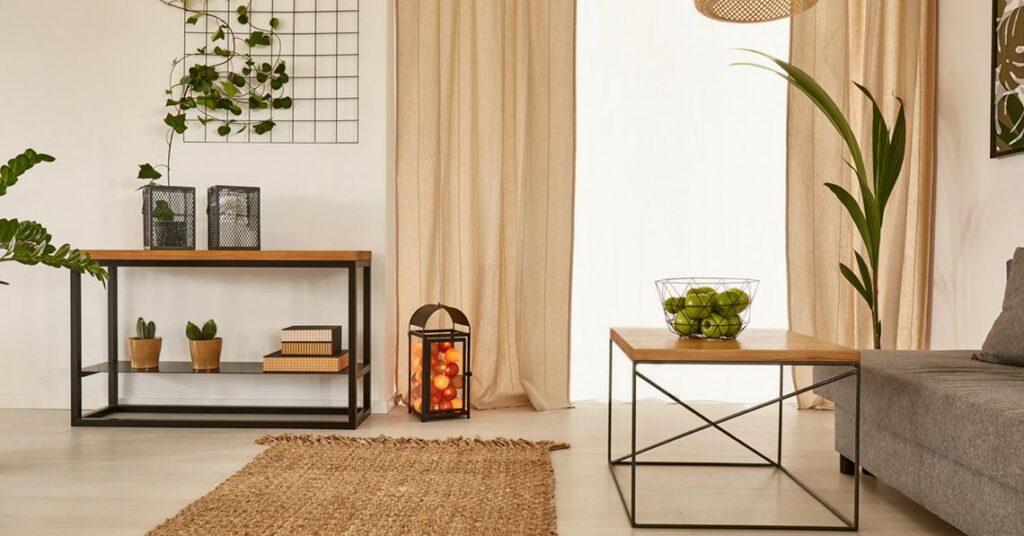
Clear Out Clutter
Clearing out clutter is a crucial part of creating a minimalist interior design. Start by decluttering your space and getting rid of any items that are no longer useful or do not bring you joy. This includes clothing items, beauty supplies, and kitchenware old magazines, broken items, duplicates, and anything that hasn’t been used in a long time. Avoid holding onto items out of obligation.
Plus, saying goodbye to excess belongings can result in major feelings of accomplishment. As Smith says, “Notice how you feel with the creation of more space and the good feeling you get from dropping items off at a donation site.” Doing well for others really does pay off.
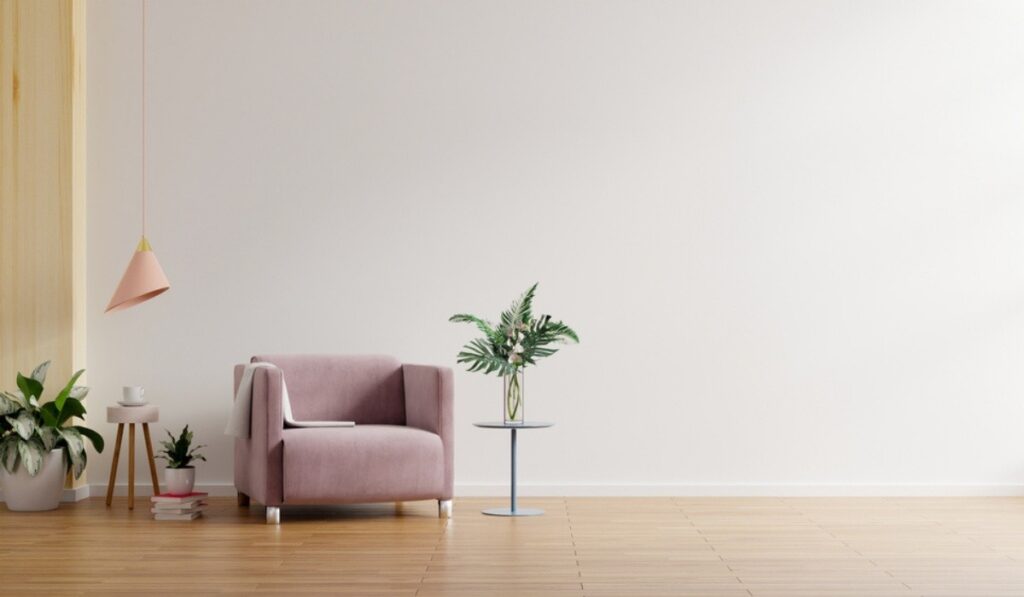
Embrace the "One In, One Out" Rule
It’s remarkable how much someone can accumulate within a brief timeframe. Even if the kitchen drawers, bedroom closet, and bathroom cupboards were empty when you first moved in, they now seem to be packed with unnecessary items and neglected products that are simply taking up space. Even though you may not see it, these belongings can clog up your mental space and occupy valuable real estate in your Minimalist interior design home. There’s no better time than now to declutter that messy drawer.
You’ve probably heard small-space dwellers praise the “one in, one out” guideline, which is a crucial principle to adopt if you desire a more minimalist home. For instance, every time you acquire a new pair of shoes, you should add an older pair to the donation pile. “This can help establish equilibrium in your space and prevent it from feeling overcrowded over time,” “Always make room for everything to breathe energetically.”
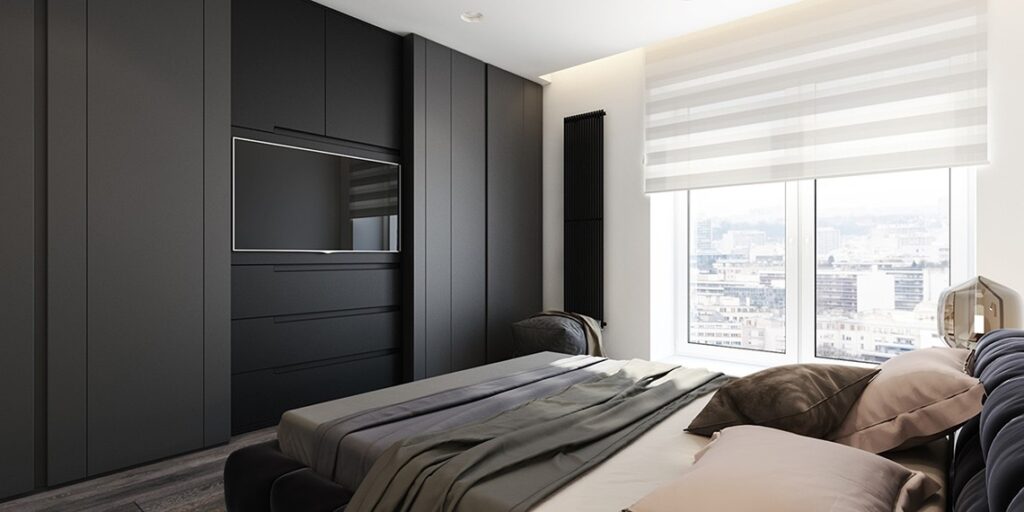
Add accessories with mindfulness
On a related note, there’s no need to display accent pieces just for the heck of it, —Smith advises that you shouldn’t be afraid of empty walls. There are other ways to incorporate accent pieces into your Minimalist interior design home that are both aesthetically pleasing and functional.
Trays on coffee tables or dressers add a decorative element and a splash of style while also corralling the items we need in daily life, “Less is more, and be thoughtful when curetting.
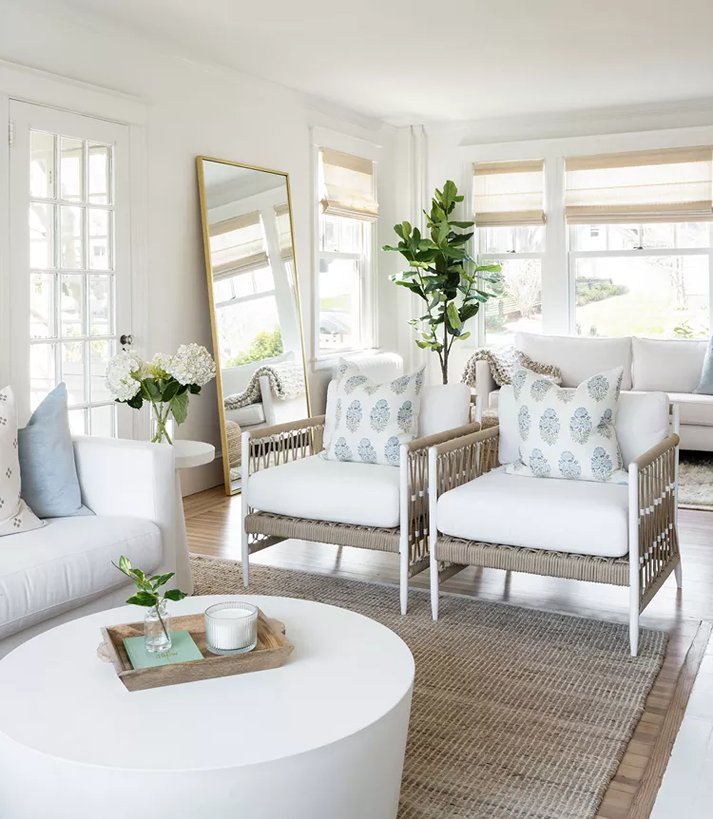
Power of Lighting
In all spaces and especially Minimalist interior design spaces light is everything,” Smith says. “Let the light shine in! From natural light to ambient softer light, you can create various moods with your lighting plan.
Don’t plan to rely solely on overhead fixtures in your space; make sure to stock up on table lamps and task lamps as well. Keep drapery nice and airy; a minimalist home is not the place for ultra-thick, ornate, or bold colored curtains.
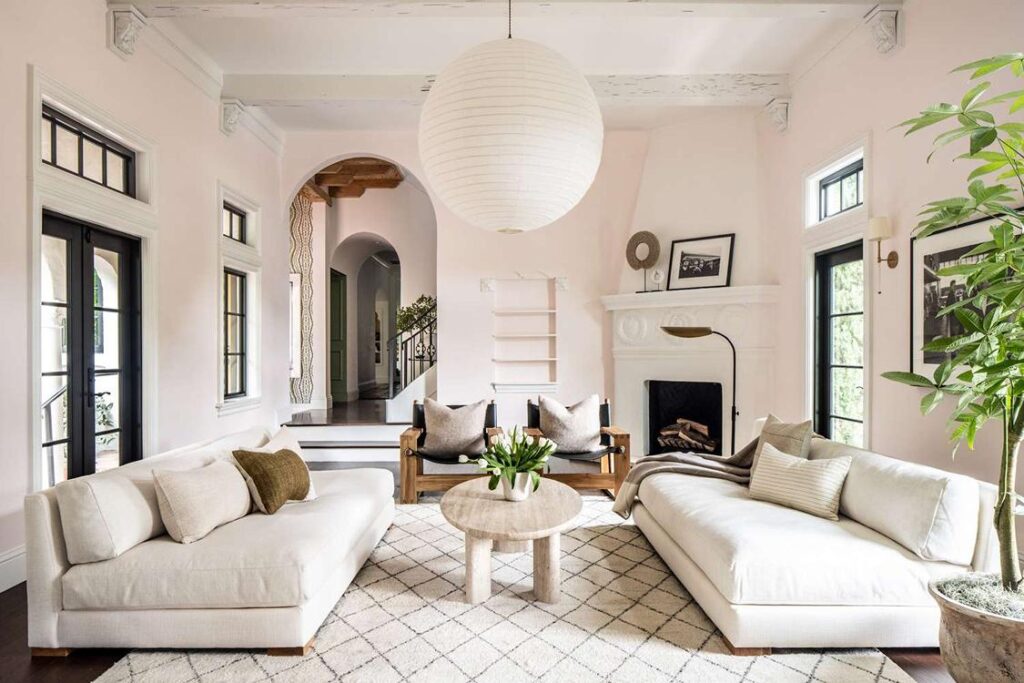
Make it simple
When selecting pieces for a Minimalist interior design, Galloway finds herself prioritizing simple shapes and neutral monochromatic colors. Both are visually pleasing without being too busy, but add great interest and warmth into a space,” she notes”
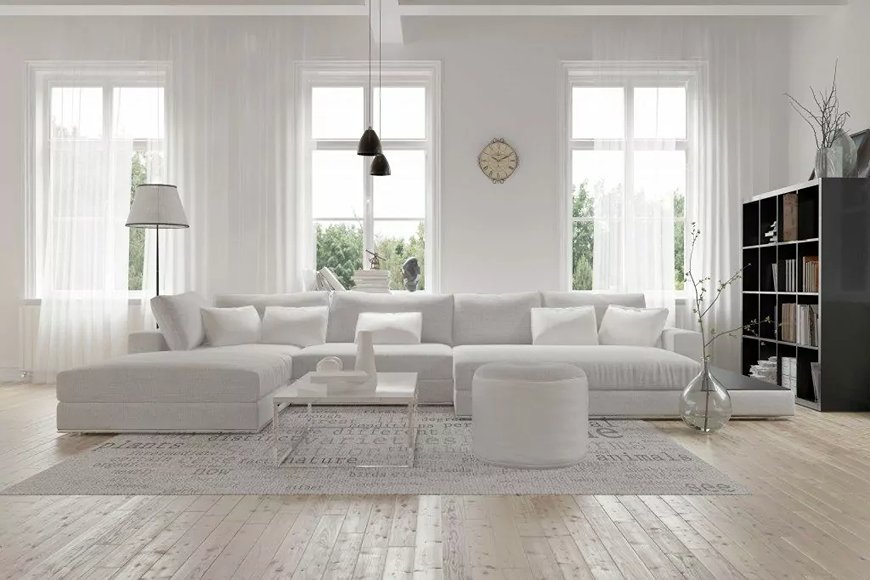
Embrace the Path
Last but not least; remember that like all design projects, no minimalist space is going to come together immediately. “Creating a Minimalist interior design home doesn’t have to be achieved overnight,” Smith says. “Think of it as more of a process.” Working your way through each of the above steps one by one will most definitely pay off in the long run”
